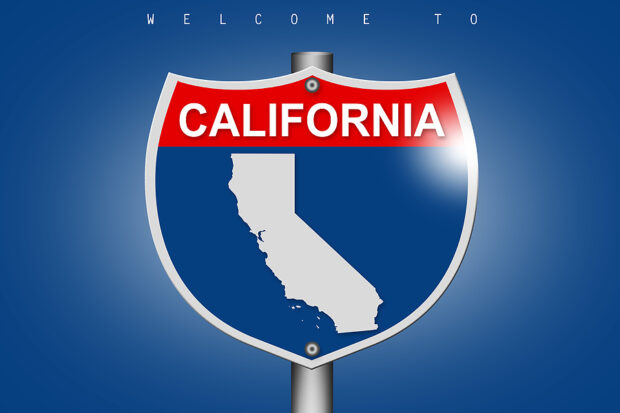Regulatory restrictions to actuarially sound insurance pricing and underwriting, coupled with the need for more mitigation and resilience efforts in the state of California, are placing financial pressure on insurers and contributing to limited availability of property insurance in high-risk markets, according to the Insurance Information Institute’s (Triple-I) latest Issues Brief.
A new report, “Trends and Insights: California’s Risk Crisis”, examines the impact of Proposition 103 – a three-decades-old measure that has made it hard for insurers to profitably write coverage in the state – and the state’s evolving risk climate.
According to Triple-I, “extreme weather and proposition 103 and its regulatory implementation have prevented insurers from using the most current data and advanced modeling technologies,” requiring insurers to price coverage based on historical data alone.
“Much has changed in the world since 1988 when Proposition 103 came into effect, and it’s well over time to evolve California’s insurance regulatory system,” said Sean Kevelighan, CEO of the Triple-I. “While the recently proposed changes by the California Department of Insurance are a move in the right direction, it is becoming increasingly critical to quickly bring market stability into one of the largest state economies,” he added. “Insurance is a key driver to economic stability and growth, but it needs to function in ways that allow insurance to be accurately priced. Insurance prices are the effect rather than the cause of risk.”
The brief stated that Proposition 103 has also impeded premium rate changes by allowing consumer advocacy groups to intervene in the rate-approval process, making it difficult to respond quickly to changing market conditions.
The proposition also drives up legal and administrative costs, leading to insurers limiting or reducing their business in the state.
Fewer private insurance options means more residents of the state are resorting to the California FAIR Plan, the state’s insurer of last resort.
Late last year, California announced a Sustainable Insurance Strategy that gives insurers the ability to use forward-looking risk models that prioritize wildfire safety and mitigation and include reinsurance costs in their premium pricing, Triple-I noted.
Related articles: No Sugarcoating: Availability Before Affordability, Calif. Regulator Says
In exchange, insurers must cover homeowners in wildfire-prone parts of the state at 85 percent of their statewide coverage.
The issues brief said that politicians in the state often “propose measures that would tend to worsen the problem because these proposals generally fail to reflect the importance of accurately valuing risk when pricing coverage”.
California’s Proposition 103 along with the federal National Flood Insurance Program (before its Risk Rating 2.0 reforms) are two examples, according to Triple-I.





















 Executives on the Move at Liberty Mutual, Cowbell, W. R. Berkley
Executives on the Move at Liberty Mutual, Cowbell, W. R. Berkley  Nearly Half of 100 Largest P/C Insurers Destroy Value: ACORD
Nearly Half of 100 Largest P/C Insurers Destroy Value: ACORD  Berkshire Hathaway Enters Post-Buffett Era as Share Prices Fall
Berkshire Hathaway Enters Post-Buffett Era as Share Prices Fall  Underwriter, Actuary Fears of AI Drop; Work Needed on Collaboration
Underwriter, Actuary Fears of AI Drop; Work Needed on Collaboration 








